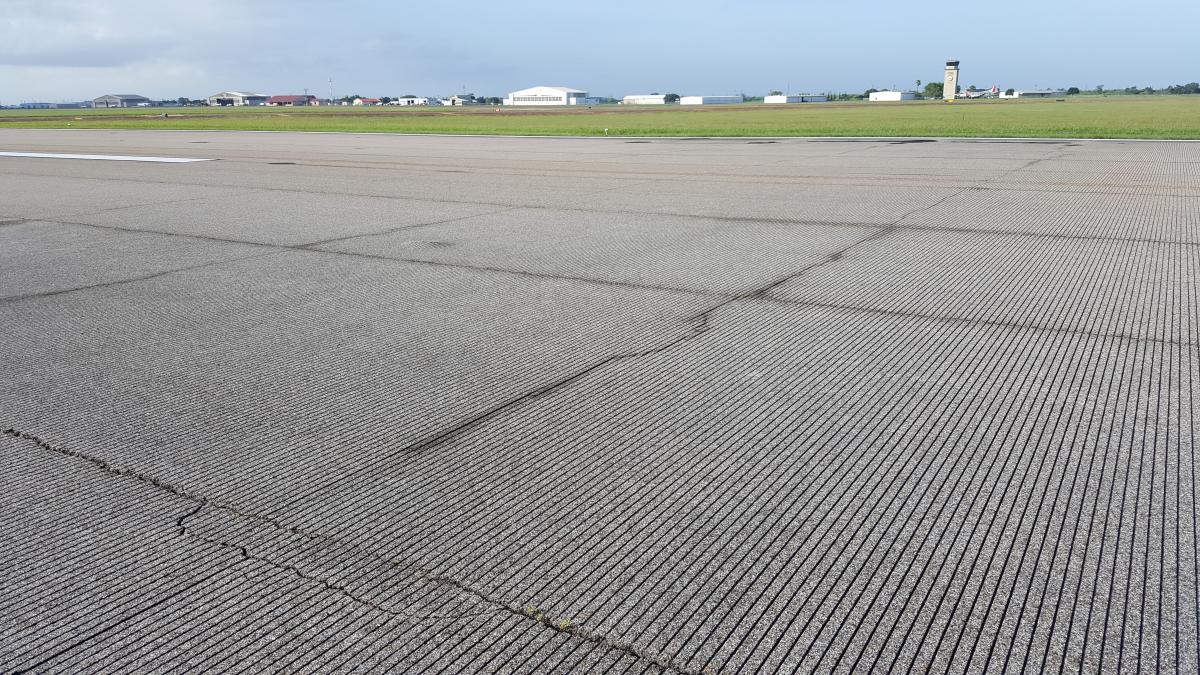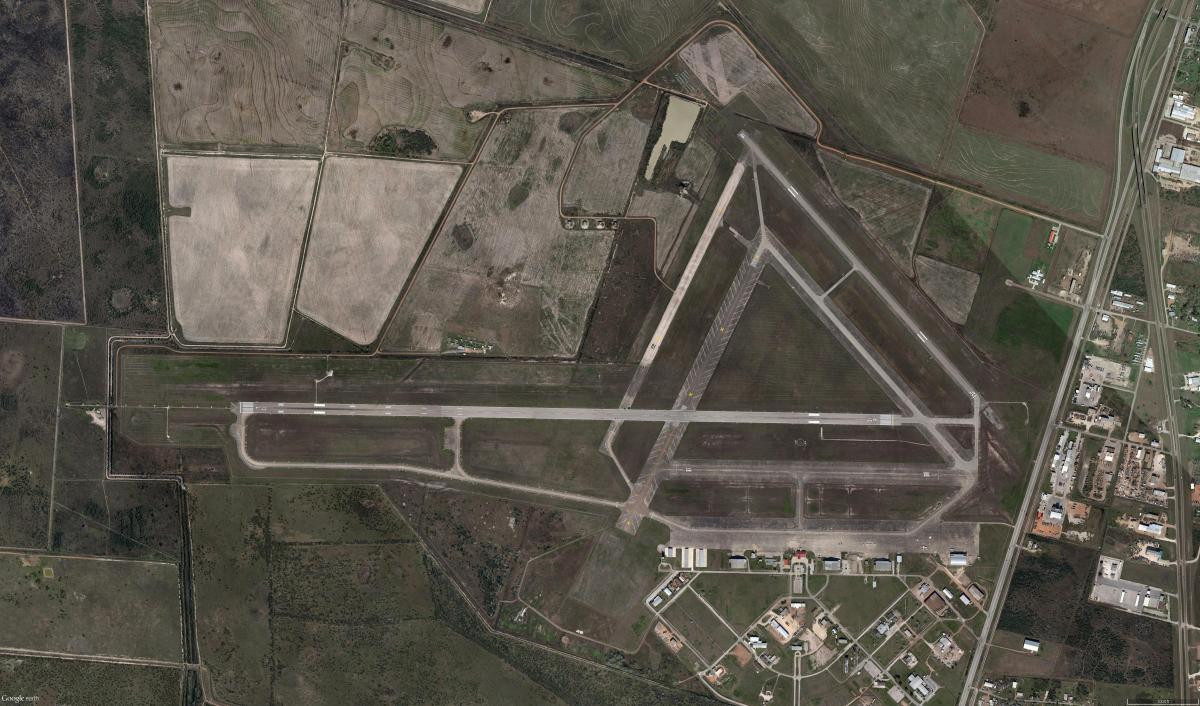Victoria Regional Airport Master Plan
Planning at Victoria Regional Airport (VCT) is unique in that the entire Victoria area is undergoing extensive investment. The airport has the land, facilities and space needed to accommodate increased activities, both aviation related and industrial; therefore, the planning process for VCT focuses on more than just airport operations, it also considers operational functions, short- and long-term opportunities for business, economic development for the community and region and development standards.
VCT is a former military installation and the county has inherited facilities with many unknowns. The master planning process began with an extensive inventory process evaluating existing buildings, pavement, utilities, etc. Through this inventory process, the foundation of a GIS database has been established. In addition to inventorying the airport features, the airport’s financial and operational information was inventoried and the airport’s existing customer base was identified. Currently VCT accommodates three “customers” – the commercial service, EAS, air carrier, Texas Skies; the fixed base operator, the Jet Center and the airport tenants. Each of these “customers” has unique needs and goals, which must be accounted for during the planning process.
Forecasts of aviation and economic activity were included in the planning effort with the goal of identifying appropriate and relevant land use development alternatives. Coordination with the Victoria Economic Development Corporation (EDC) and large-scale developers was undertaken to identify those business and industries that have located in, or have interest in, the Victoria area. This assists the team and airport stakeholders with identifying the steps necessary to secure focused industries and learn from success stories such as Caterpillar’s facility near the airport.
Utilizing the forecasts, facility requirements and a robust alternatives evaluation process, the recommended development concept will include the alternatives that best fit the anticipated future needs at the airport. From this concept a Capital Improvement Program (CIP) will list all development items identified in the master plan and will identify priorities for development based on demand, business opportunities, city/county/airport goals and TxDOT/FAA design criteria. At the same time, a review of the airport’s financial operating condition, rates and charges, rules and regulations, and minimum standards are conducted. This effort will result in Principal Guiding Documents to support the financial operation and enhanced development capabilities of the airport and include Airport Rules and Regulations, Minimum Standards for Aeronautical Activities, Development Guidelines and Standards for Airport Leases, and Rates and Charges Analysis, and the development of an Enterprise Strategy for improving the financial performance of the airport.
The uniqueness of this airport, due to its location, land and opportunities resulted in a master plan concept that will immediately take the airport into the next step of identifying traditional and non-traditional airport development funding opportunities.




